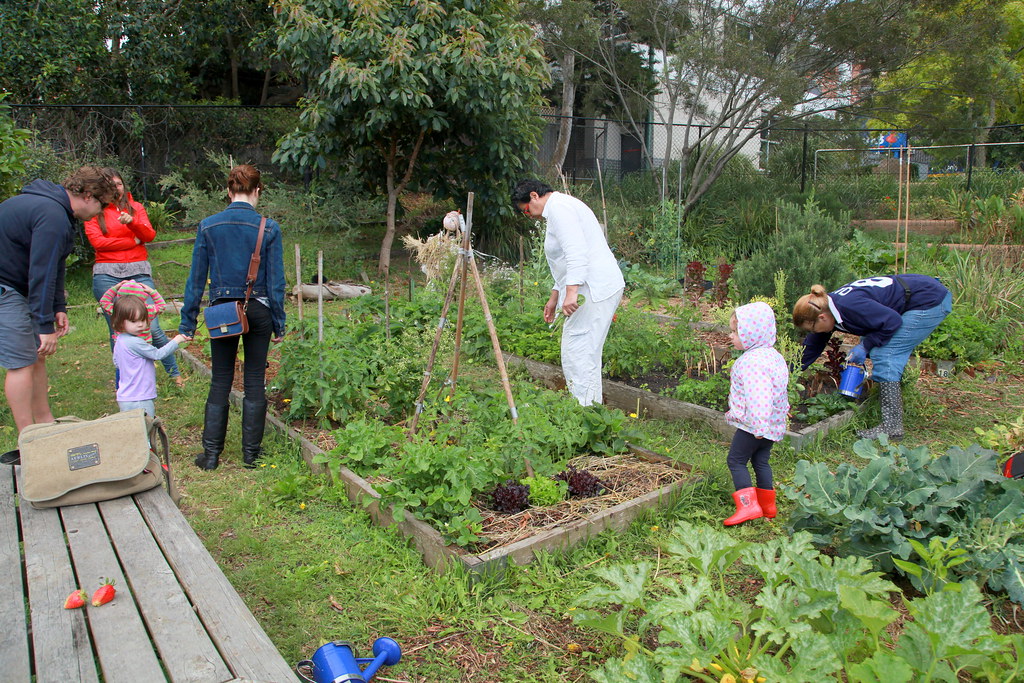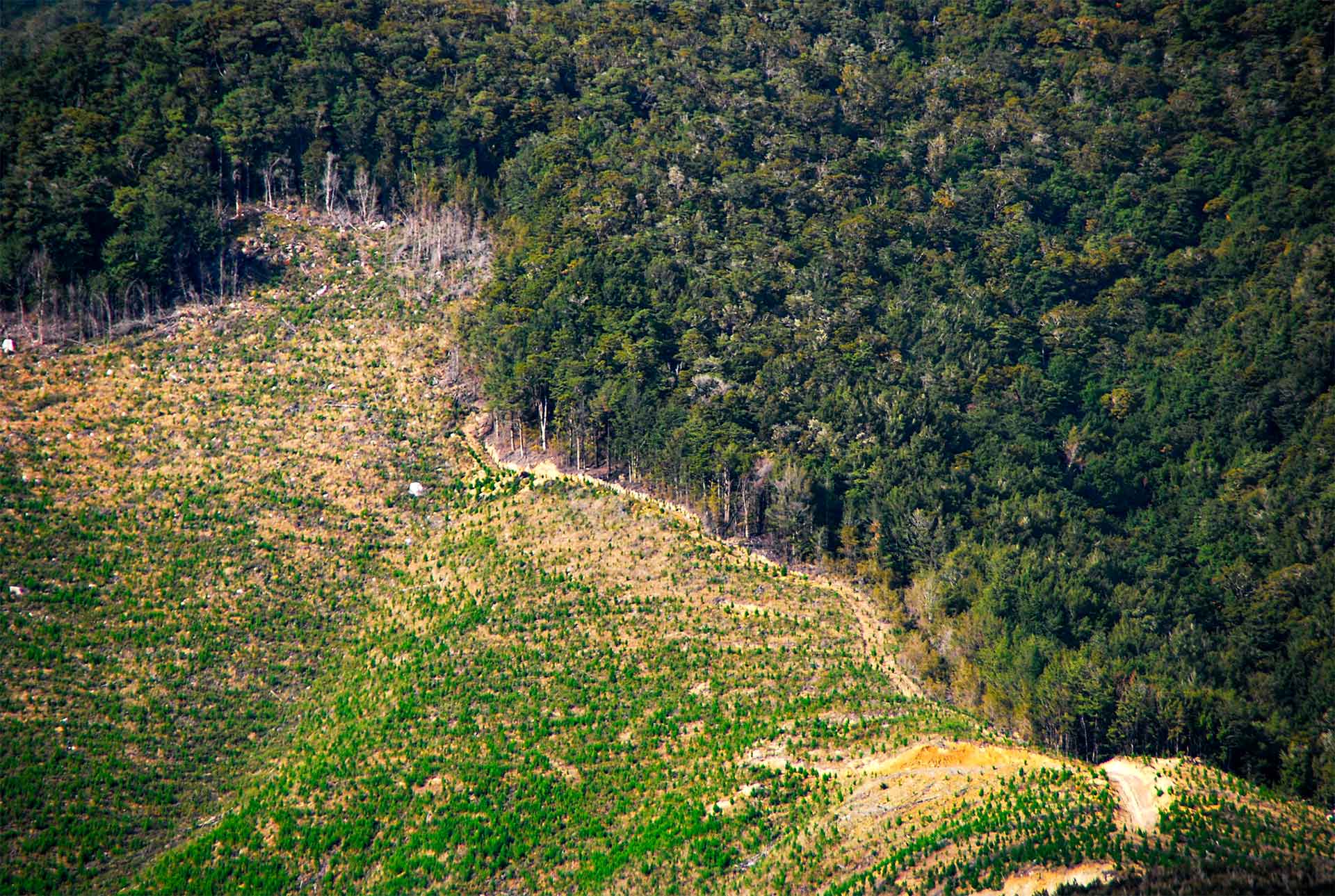Scientific, Educational and Charitable Non-Profit Organization, created by a group of professionals from North and South America

Conservation
Preserve the heartbeat of our planet: protect forests for a sustainable future

Restoration
Revitalize nature’s lungs: join us in restoring forests for a greener tomorrow

Climate Change
Combat climate change today to secure a thriving world for generations to come
Our Projects
We love what we do
Your donations have built this rainforest preserve and are funding the reforestation project that surrounds it. Together we are protecting and restoring the most endangered rainforest on earth
About Us
The Forest Bird Society has been approved as a Charitable Non-Profit Organization in Canada, Reg. 888251915 RR0001, on March 30 of 2001, and as a Non-Profit Organization, under section 501(c)(3) in the United States of America, Reg. 65-1088382, on July 26 of 2001.
read moreOur Mission
The Forest Bird Society is a Scientific, Educational and Charitable Non-Profit Organization, created by a group of professionals from North and South America. The Organization is devoted to create, manage and support a series of projects to study and protect the habitats of forest birds, while promoting environmental education and the preservation of our natural ecosystems.
As a principle of its creation, The Forest Bird Society, a publicly funded Non-Profit Organization will act and operate, in compliance by all laws and regulations of Canada, the United States, and all countries involved. Likewise, all projects will be carried out with transparency, maintaining a professional level and ethics, while acting on good faith; and with a deep desire to benefit the local communities. The outcome of these projects will become public documents, and will be available on the worldwide web through our website.
Our Origins
In the search of ways to preserve our Natural Ecosystems throughout our Hemisphere, the Forest Bird Society has devised a different and innovative conservation approach to save our precious forests of the Americas, many of these the habitats of migratory birds and many other forms of life. By acquiring the land, and in liaison with other local organizations, especially in Latin America, we have designed a Project-System which guarantees the land use; focusing in ecology, conservation, and the environment. The projects will be implemented by local organizations, with assistance from The Forest Bird Society, in order to fully meet their goals. We believe the outcome of these projects will be a compound benefit to the environment.
Those interested in preserving our ecosystems, the supporters and donors who have contributed to their development in both North and South America, the members of the staff of the Forest Bird Society and the local communities who will see then thru. Although national and international institutions support the Forest Bird Society, it remains dependent on the generosity of individual donors for the funds needed to finance its programs. The Organization will dedicate its resources to protect ecologically sensitive areas, educate people about the environment and, promote scientific research and the conservation of our natural resources. Special attention will be given to Migratory Forest Birds, also known as Neotropical Migrants.
The breeding habits of most Neotropical Migrants are well documented, but very little is known about the other half of their lives. Unlike year-round resident birds, they can be affected by disturbances in both their summer and winter grounds, but so far explanations for the decline in their populations often are far more complex and elusive than a simple loss of habitat. Unfortunately, a lot of information about their winter habitats is missing, and their numbers continue decline throughout most of North America. In the search for ways to slow the loss of these natural jewels, no simple answer exists. The continued destruction of habitat, an increase in their natural predators, pets, weather storms, etc. contribute to the birds’ decline, and there is no simple way to stop this trend. Saving our migratory songbirds may be the most daunting task faced by conservationists; but an effort must be made, simply because to allow them to decline further, is to accept as inevitable the impoverishment of our ecosystems.
More Research and Environmental Education are needed if we are to preserve our natural ecosystems for future generations. Although no one predicts mass extinctions in the foreseeable future, many Neotropical Migrants like the Cerulean warbler and Wood thrush will continue to fade from places where they had once been common. John Attenborough, director of Duke University’s Center for Tropical Conservation, warns that the last unprotected rain forests in Central and South America could disappear within 40 years, with grave consequences for birds tied to mature habitat. The initiative to save these forests is also backed by the Neotropical Migratory Bird Conservation Act (signed by President William Clinton in July 2001) which will fund projects in Latin America and the Caribbean. Nevertheless it is important to have a Regional Program, involving different governments through Latin America and International Conservation Organizations. When we think in terms of conservation, it is always harder to prevent than to correct. We have had a bleak experience with the Exxon Valdez tragedy; the two billion dollars spent on cleaning-it-up will never make up for the loss experienced by the local economies, the ecology and the damage to the environment.
We do not want to be helpless bystanders at a car crash and accept a future with forests where no songs will be heard except for the voices of cardinals, chickadees, and robins, because this would be a desolate place indeed. When we listen to the mellow song of a Rose-breasted grosbeak or get a glimpse of the fiery plumage of a Scarlet tanager our hearts vibrate and our appreciation for nature is heightened. There are clear examples of the need to protect our forest birds. Once an abundant songbird, the American redstart reveals the dangers contributing to many species’ decline. Like more than 200 other migrants, redstarts breed during the summer in North America and spend the winter in Latin America. With each passing migration, more forests are cut, more predators arrive and more obstacles clutter the landscape. Some species adapt; but since 1980 one in six redstarts has quietly vanished. In the case of the Backman’s warbler, it might be already too late. Although never numerous, this beautiful bird once bred in canebrakes and wet woodlands throughout the Southeastern U.S. On the verge of extinction, its winter grounds in Cuba are severely altered and no recent records are available about its status.
“One of the first conditions of happiness is that the link between man and nature shall not be broken.”
~ Leo Tolstoy




